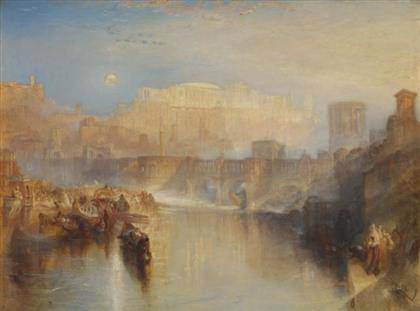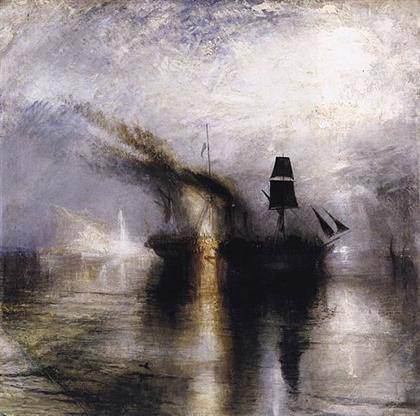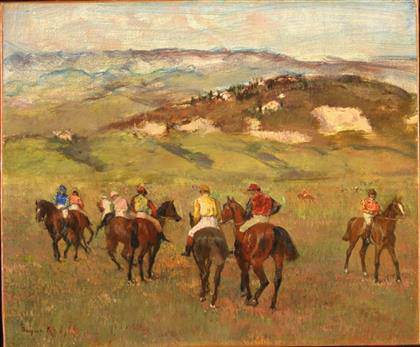
Joseph Mallord William Turner
Ancient Rome; Agrippina Landing with the Ashes of Germanicus, exhibited 1839
Oil on canvas
support: 914 x 1219 mm, frame: 1230 x 1530 x 140 mm
Accepted by the nation as part of the Turner Bequest 1856

Joseph Mallord William Turner
Peace – Burial at Sea, exhibited 1842
Oil on canvas
support: 870 x 867 mm, frame: 1110 x 1109 x 115 mm
Accepted by the nation as part of the Turner Bequest 1856
Tate Britain presents ‘Late Turner – Painting Set Free’ ‘The EY Exhibition: Late Turner – Painting Set Free’ is the first exhibition devoted to the extraordinary work J.M.W. Turner created between 1835 and his death in 1851. Tate Britain, 10 September 2014 – 25 January 2015.]]>
Source: Tate Britain
Bringing together spectacular works from the UK and abroad, this exhibition celebrates Turner’s astonishing creative flowering in these later years when he produced many of his finest pictures but was also controversial and unjustly misunderstood.
Highlights of the exhibition include such important pictures as “Ancient Rome; Agrippina Landing with the Ashes of Germanicus” and “Modern Rome – Campo Vaccino”, rarely reunited since first exhibited together in 1839; “The Wreck Buoy” 1849; and magnificent watercolours like “Heidelberg: Sunset” c.1840 and the seldom-seen “Bamburgh Castle, Northumberland” c.1837.
The show also brings together major series of works including a group of unusual square pictures, casting a light on Turner’s innovative techniques. Newly identified watercolours of a fire at the Tower of London in 1841 are shown with the spectacular painting “Burning of the Houses of Lords and Commons” (1835) and the exhibition concludes with Turner’s last exhibited pictures from 1850, depicting the classical lovers Dido and Aeneas. It is a panoramic survey of a bountiful and significant period of exceptional energy and vigour, maintained despite failing health.
By taking a fresh look at Turner’s late works, the exhibition sheds new light on his life and art. Challenging the myths, assumptions and interpretations that have grown around his later work, it reveals a painter as distinguished by the broad scope of his knowledge and imagination as he was by his radical and exploratory techniques, processes and use of materials. As much as he brought renewed energy to the exploration of the social, technological and scientific developments of modern life, in such icons of the machine age as “Rain, Steam, and Speed – The Great Western Railway” (1844), he remained as deeply engaged with the religious, historical or mythological themes that linked him to the cultural traditions of his era.
John Ruskin’s description of Turner as ‘the greatest of the age’ is brought to life amongst the many large-scale oil paintings, drawings, prints and watercolours on display at The EY Exhibition: Late Turner – Painting Set Free, an unmissable exhibition that will redefine ideas of one of Britain’s greatest and best-loved painters.
Related content
Turner & the Sea – Peabody Essex Museum (exhibition, 2014)
Follow us on:


